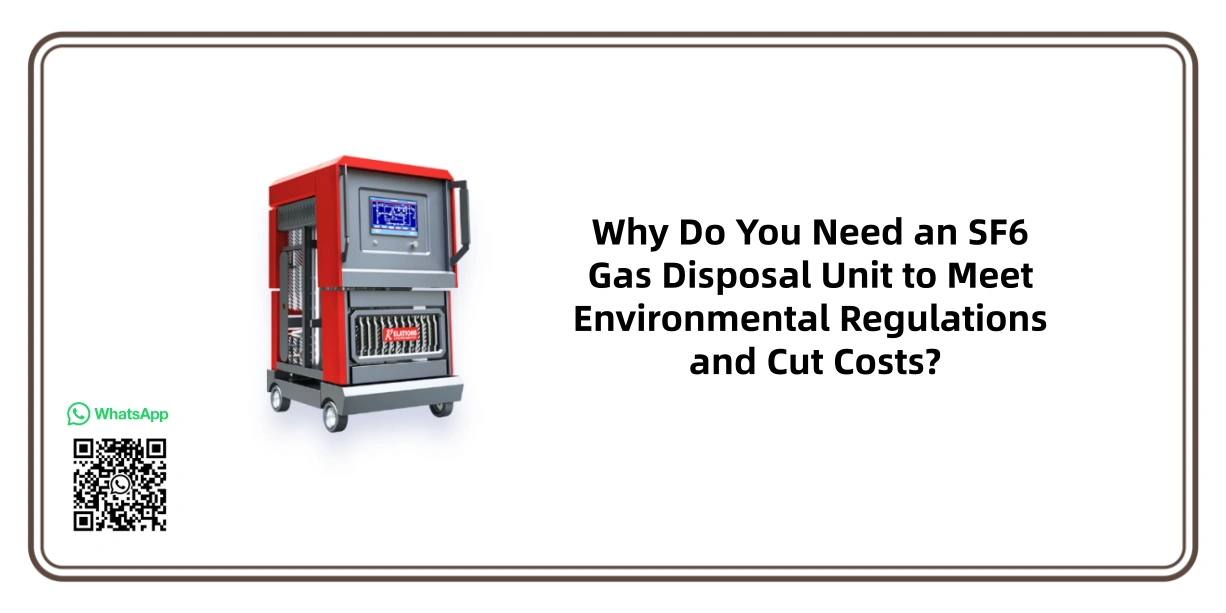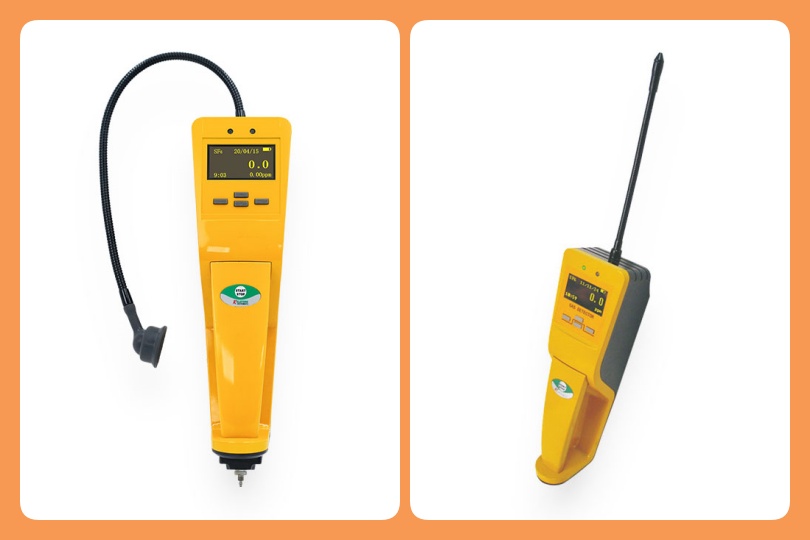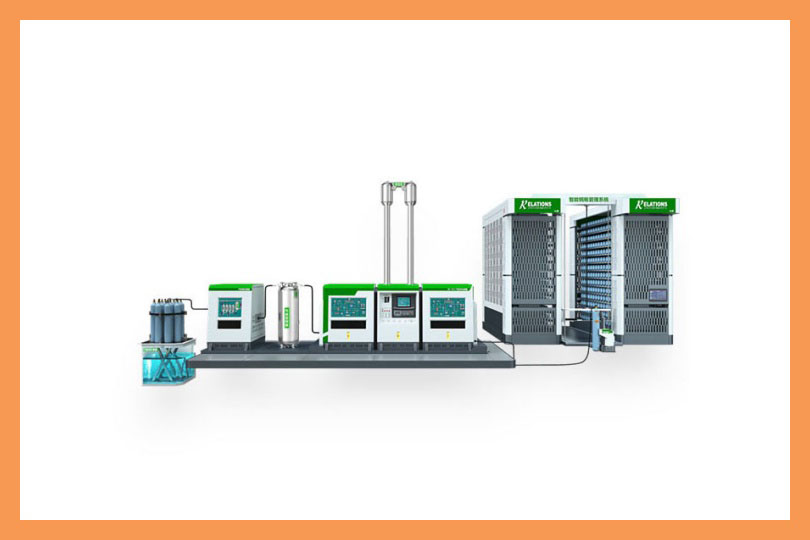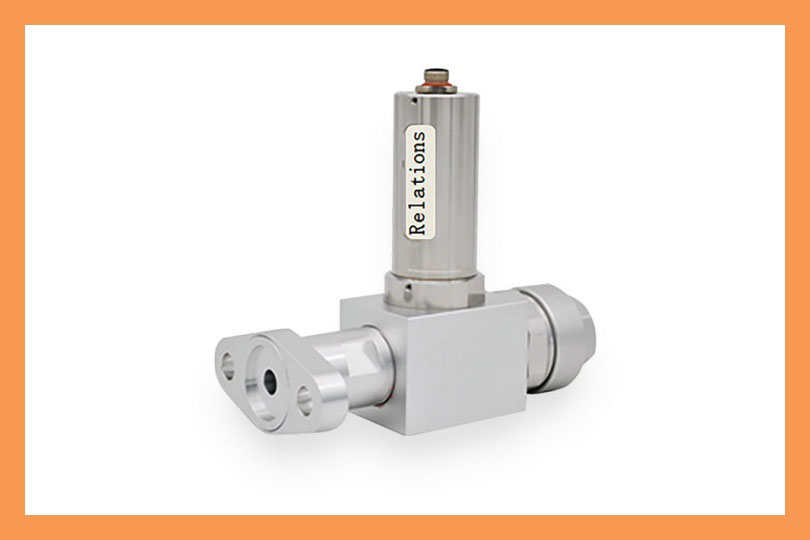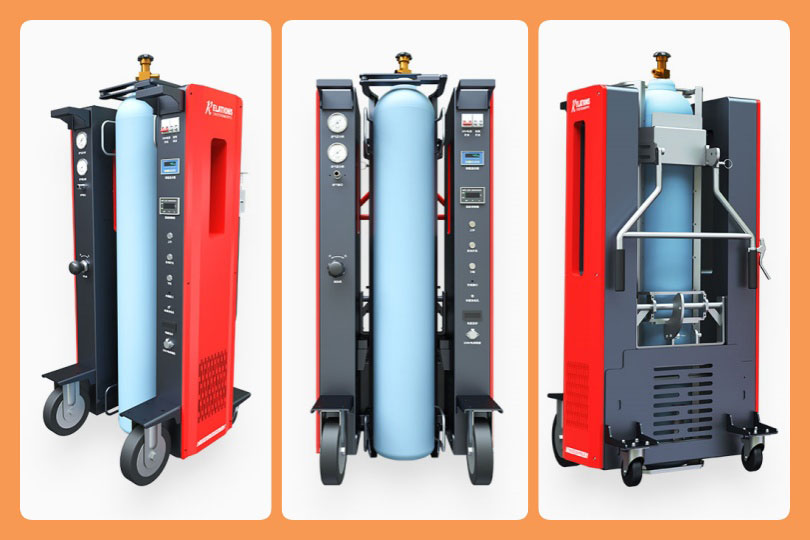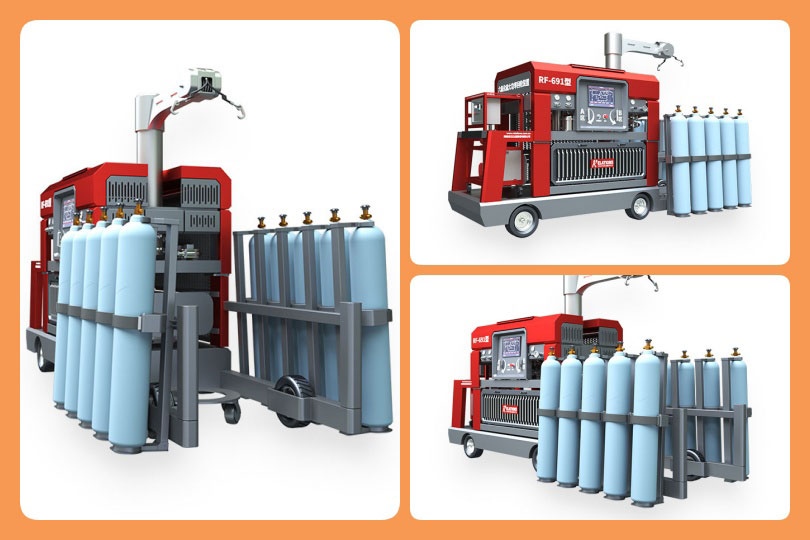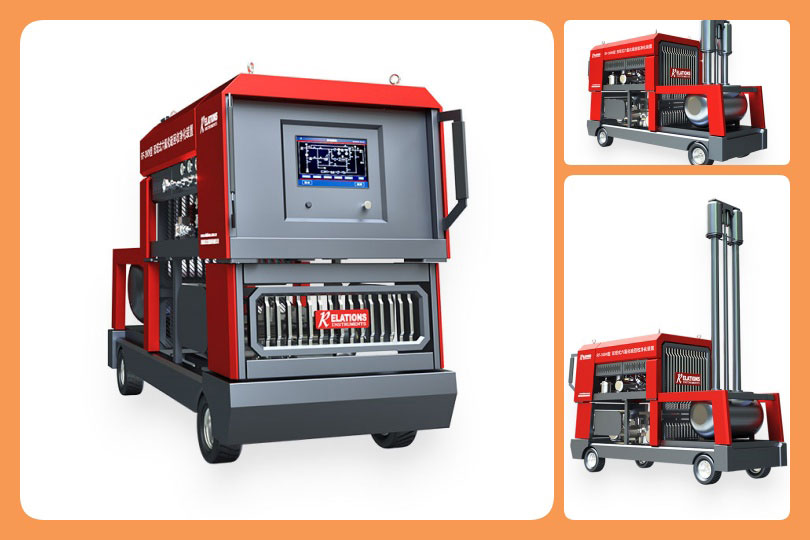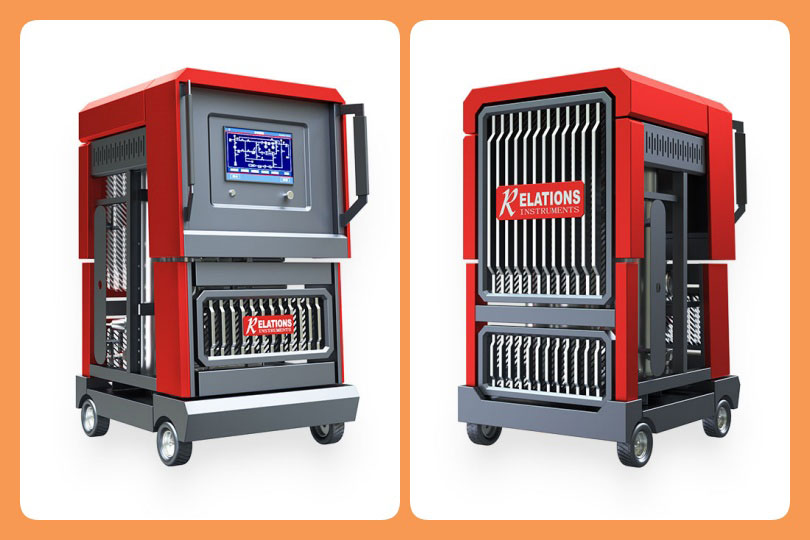Need Help: Providing Innovative and Sustainable Solutions.
Office Hours: 08:30am-6:00pm
Why Do You Need an SF6 Gas Disposal Unit to Meet Environmental Regulations and Cut Costs?
Date
2025-10-09
[email protected]
Website
www.sf6gasdetector.com
Get Solutions And Quotes
Why Do You Need an SF6 Gas Disposal Unit to Meet Environmental Regulations and Cut Costs?
Sulfur hexafluoride (SF6) is a widely used insulating gas in high-voltage electrical equipment, thanks to its excellent dielectric properties and arc-quenching capabilities. However, SF6 is one of the most potent greenhouse gases—with a global warming potential (GWP) 23,500 times that of CO₂ over a 100-year period—and a lifespan of over 3,200 years in the atmosphere. To address environmental concerns and comply with global regulations (such as the Paris Agreement and EU F-Gas Regulation), industries rely on SF6 gas disposal units to safely, efficiently, and sustainably manage SF6 waste.
1. What Is an SF6 Gas Disposal Unit?
An SF6 gas disposal unit is a specialized piece of equipment designed to collect, purify, compress, and either recycle or neutralize used SF6 gas from electrical devices (e.g., circuit breakers, transformers, GIS systems) or industrial processes. Unlike traditional “vent-and-replace” methods (which release SF6 directly into the air), these units prevent emissions by capturing every trace of SF6 and preparing it for reuse or environmentally responsible destruction.
Core components of a typical SF6 gas disposal unit include:
- A high-vacuum pump to extract SF6 from equipment without residual gas left behind;
- Filtration and drying systems to remove impurities (e.g., moisture, oil, particulate matter) and restore SF6’s dielectric performance;
- Compressors to condense SF6 into liquid form for compact storage in cylinders;
- Optional decomposition modules to break down unrecyclable SF6 into non-toxic byproducts (e.g., HF, SO₂) that can be further treated.
2. Why Are SF6 Gas Disposal Units Essential?
2.1 Compliance with Environmental Regulations
Nearly every country has strict limits on SF6 emissions. For example, the EU F-Gas Regulation mandates a 79% reduction in SF6 emissions by 2030 (compared to 2021 levels), while the U.S. EPA’s Significant New Alternatives Policy (SNAP) restricts SF6 use in non-essential applications. An SF6 gas disposal unit ensures businesses avoid fines and meet mandatory emission targets by eliminating unauthorized releases.
2.2 Cost Savings Through Recycling
SF6 is expensive (up to $10,000 per kilogram), and disposing of it as waste is both costly and wasteful. A high-quality SF6 gas disposal unit can recover and purify SF6 to a purity level of 99.9%—making it suitable for reuse in existing equipment. This reduces the need to purchase new SF6, cutting operational costs by 30–50% over time.
2.3 Protection of Human Health and Equipment
Used SF6 often contains toxic byproducts (e.g., SF4, SOF2) formed during electrical arcing. Without proper disposal, these contaminants can leak and pose health risks (e.g., respiratory irritation, chemical burns) to workers. An SF6 gas disposal unit filters out these toxins, ensuring safe handling and preventing damage to new equipment that would otherwise be contaminated by impure SF6.
3. Key Applications of SF6 Gas Disposal Units
SF6 gas disposal units are critical across industries that use SF6. Here are the most common use cases:
- Electrical Power Industry: Used to service SF6-insulated switchgear (GIS), circuit breakers, and transformers during maintenance, decommissioning, or upgrades. Utilities rely on these units to minimize emissions while maximizing SF6 reuse.
- Electronics Manufacturing: Semiconductor factories use SF6 as an etchant in chip production. Disposal units capture and treat waste SF6 from production lines, preventing atmospheric release.
- Metallurgy and Chemical Processing: Some metalworking and chemical processes use SF6 as a protective gas. Disposal units ensure byproduct SF6 is safely managed, avoiding regulatory violations.
- Laboratory and Research Facilities: Small-scale SF6 gas disposal units handle trace amounts of SF6 used in experiments, ensuring compliance with local air quality standards.
4. How to Choose the Right SF6 Gas Disposal Unit
Selecting an SF6 gas disposal unit requires matching the equipment to your specific needs. Consider these factors:
- Capacity: Choose a unit with a gas flow rate (e.g., 5–50 kg/h) that aligns with your SF6 usage. Large power plants may need high-capacity units, while labs can opt for compact models.
- Purity and Recovery Rate: Look for units with a recovery rate of ≥99.5% and purification capabilities to reach 99.9% SF6 purity—this ensures maximum reuse potential.
- Portability vs. Fixed Installation: Mobile units (with wheels or skid-mounted designs) are ideal for on-site maintenance (e.g., power substations), while fixed units suit factories with constant SF6 waste streams.
- Certifications: Ensure the unit meets international standards, such as IEC 60480 (for SF6 handling) and ISO 14001 (for environmental management). Certifications guarantee reliability and compliance.
- After-Sales Support: Opt for manufacturers that offer maintenance, calibration, and training services. Regular servicing extends the unit’s lifespan and ensures consistent performance.
5. The Future of SF6 Gas Disposal: Toward Net-Zero Emissions
As global pressure to reduce greenhouse gas emissions grows, SF6 gas disposal units will play an even larger role in the transition to net-zero. Innovations such as integrated IoT sensors (to monitor real-time gas flow and purity) and solar-powered units (for off-grid use) are making these devices more efficient and sustainable. Additionally, advancements in SF6 decomposition technology—such as plasma or thermal oxidation—are enabling fully non-toxic disposal of unrecyclable SF6, eliminating its environmental impact entirely.
For businesses, investing in a high-quality SF6 gas disposal unit is no longer just a regulatory requirement—it’s a strategic step toward sustainability, cost savings, and corporate social responsibility. By capturing, reusing, and safely treating SF6, these units help industries balance operational needs with environmental stewardship.
Realize The Recycling Of Sf6 Gas
